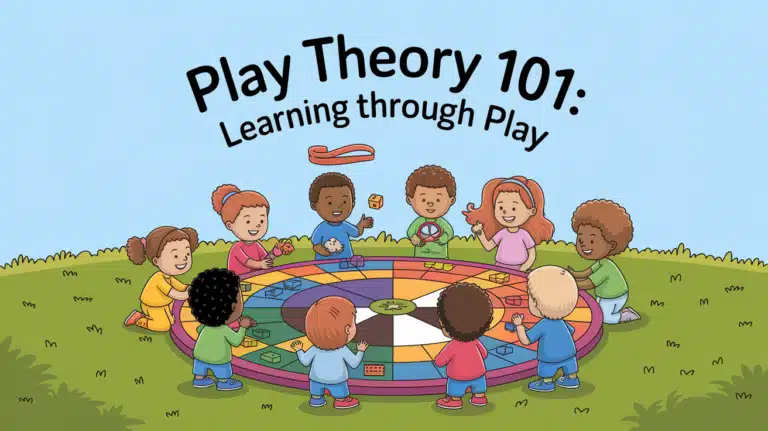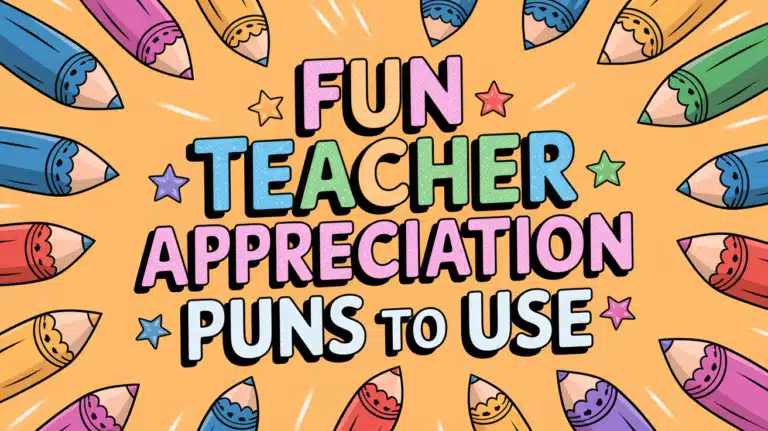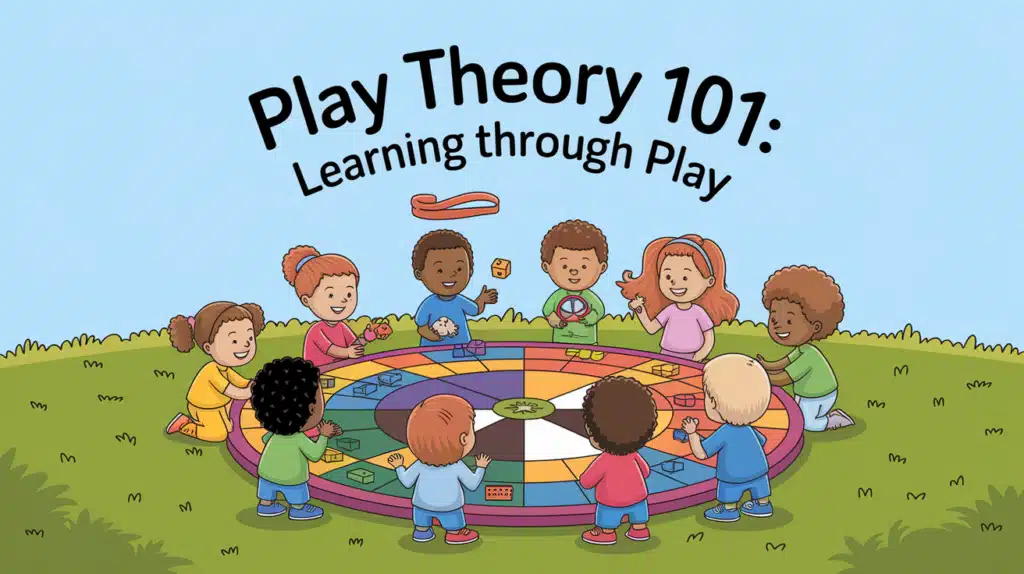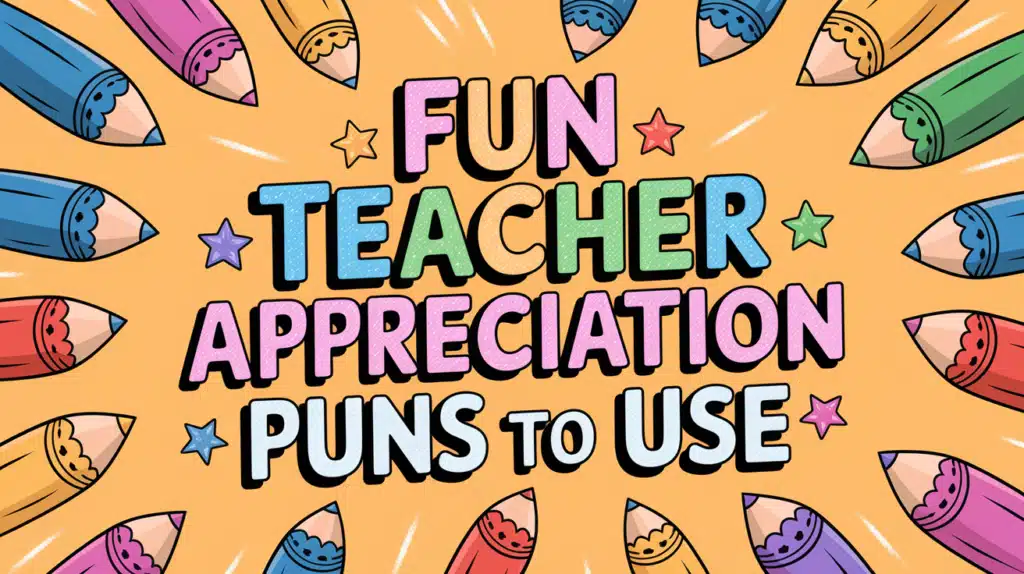Are you looking for a fun and engaging way to teach your little ones how to count?
Look no further!
Counting songs is a fantastic tool for children to learn numbers while having a blast. This blog will explore the world of singing songs and their impact on early childhood development.
We will delve into the role of rhythm and rhyme in facilitating number learning and discuss the numerous benefits of incorporating these songs into your child’s routine.
Additionally, we have compiled a list of the top 15 counting songs for kids, including classics like, ‘One, two, Buckle My Shoe’ and ‘Ten Little Monkeys’
Get ready to sing, dance, and learn with your little ones as they embark on a journey of numerical discovery!
Top Counting Songs for Kids
Counting songs is a fantastic way for preschoolers to learn numbers and develop basic math skills. By singing along to these catchy tunes, kids can engage with the content in a fun and interactive way.
The repetitive lyrics and memorable melodies make it easy for children to remember the sequence of numbers. Counting songs also introduces youngsters to patterns, rhythm, and one-to-one correspondence. Children can reinforce their number recognition and counting skills by incorporating these songs into daily activities.
1. One, Two, Buckle My Shoe
‘One, Two, Buckle My Shoe’ is a timeless nursery rhyme that engages preschoolers in learning numbers. With its catchy melody and interactive gestures, the song helps children practice counting and reinforce one-to-one correspondence. Singing along to the repetitive lyrics of this famous rhyme enhances preschoolers’ number recognition and sequencing skills.
As they buckle their imaginary shoes, children have fun while developing their understanding of small and different numbers. This classic counting song has been enjoyed by generations of children, making it a valuable addition to any early childhood curriculum.
2. Ten Little Monkeys
‘Ten Little Monkeys’ is a popular counting song that engages preschoolers and early elementary students in learning numbers. The piece incorporates subtraction as each verse features one fewer monkey, teaching kids about small and different numbers. With its catchy lyrics and repetitive melody, ‘Ten Little Monkeys aids memorization and promotes one-to-one correspondence.
It can be made even more interactive by accompanying it with actions or fingerplays. This educational tool combines fun and learning, making counting an enjoyable experience for children.
3. Five Little Ducks
‘Five Little Ducks’ is a popular nursery rhyme that teaches children to count backward from five. With its catchy lyrics and repetition, this interactive song helps kids remember the numbers while enjoying the playful melody.
Hand gestures or puppets can further engage preschoolers in the music. By introducing the concept of subtraction and enjoyably, ‘Five Little Ducks’ helps develop early numeracy skills in children.
4. The Ants Go Marching
‘The Ants Go Marching’ is a beloved counting song that introduces children to numbers playfully. With its catchy lyrics and fun melody, kids can quickly join in and learn to count from one to ten. This popular song encourages active participation and helps develop counting skills.
Often used in preschool and kindergarten classrooms, ‘The Ants Go Marching’ makes learning numbers enjoyable for young learners. By singing along, children can practice counting and improve their numeracy skills in a fun and engaging manner.
5. Ten Green Bottles
‘Ten Green Bottles’ is a classic English counting song that helps preschoolers learn to count backward from ten. Its catchy lyrics and repetitive counting patterns make it easy for kids to follow along and develop one-to-one correspondence.
This interactive song encourages children to take turns pretending to knock down the green bottles, teaching them basic subtraction skills while having fun. ‘Ten Green Bottles’ is a popular rhyme that engages children and helps them develop number sense with small and different numbers.
6. Five Fat Sausages
‘Five Fat Sausages’ is a catchy counting song that engages children in practicing their counting skills. With its fun and silly lyrics, kids can enjoy learning while singing along. This song also introduces the concept of subtraction as the sausages disappear one by one.
Its repetitive structure and memorable melody make it easy for children to learn and remember. Whether used at home, in the classroom, or during playtime, ‘Five Fat Sausages’ is an effective tool for reinforcing counting skills.
7. Here is the Beehive
Here is the Beehive is a classic English counting song that engages preschoolers in learning numbers. With its repetitive lyrics and hand gestures, kids can have fun while practicing one-to-one correspondence.
They develop fine motor skills as they imitate buzzing bees with their fingers. This playful and interactive rhyme introduces small and different numbers, making it an excellent tool for early number recognition.
8. Five Currant Buns
“Five Currant Buns” is a catchy counting song that teaches children the concept of counting down from five to zero. With its repetitive lyrics and engaging actions, this song captivates young learners and makes counting fun.
Incorporating subtraction into the song “Five Currant Buns” introduces children to taking away numbers in an interactive way. Whether used in classrooms or at home, this song promotes numeracy skills, language development, and coordination in preschoolers.
9. Five Green, Speckled Frogs
“Five Green, Speckled Frogs” is a popular counting song that helps children learn numbers and subtraction. With its repetitive lyrics and engaging melody, kids can easily sing along and remember the song. They can also act out the piece using their fingers or toy frogs, enhancing their motor skills and imaginative play.
This interactive song introduces basic math concepts to preschoolers in a fun and playful way while also promoting language development through vocabulary and counting practice.
10. Johnny Works with One Hammer
Johnny Works With One Hammer” is a delightful children’s song that combines playful rhythms with engaging actions. This interactive nursery rhyme follows the story of Johnny and his hammer, showcasing the concept of rhythmic coordination and movement. As children sing along and imitate Johnny’s actions, they develop their motor skills and hand-eye coordination.
Through its simple yet captivating lyrics, “Johnny Works With One Hammer” has become a timeless favorite, encouraging young learners to participate and have fun while learning fundamental physical skills actively.
11. Five Jellyfish
“Five Jellyfish” is a lively and engaging counting song designed to help preschoolers learn numbers one to five. The colorful visuals and repetitive lyrics make it easy for children to follow along and remember the sequence of small, different numbers.
This interactive song incorporates movement and actions, adding a fun and playful element to the learning experience. With its catchy melody and interactive lyrics, “Five Jellyfish” is guaranteed to keep young learners entertained while they practice counting skills.
12. One Gray Elephant Balancing
“One Grey Elephant Balancing” is a playful and interactive counting song for children. With its catchy melody and repetitive lyrics, kids can quickly learn numbers and practice counting.
The song engages their auditory skills and helps improve their motor skills as they mimic the actions of balancing elephants. This song is an excellent addition to any preschool or kindergarten curriculum, making learning fun and enjoyable.
13. 1, 2, 3, 4, 5, Once I Caught a Fish Alive
1, 2, 3, 4, 5 Once I Caught a Fish Alive” is a delightful and educational nursery rhyme that introduces children to counting and numerical order. Set to a catchy tune, this charming song tells the story of a child who excitedly catches fish one by one, teaching young learners how to count up from one to five. With its engaging lyrics and lively melody, the rhyme captures children’s attention and encourages active participation in learning.
As kids sing and mimic playful gestures, they develop their early math skills while having a joyful and interactive experience. “1, 2, 3, 4, 5 Once I Caught a Fish Alive” has become a beloved part of early childhood education, fostering a love for numbers and learning through music and movement.
14. 5 Cheeky Monkeys Jumping on The Bed
“5 Cheeky Monkeys Jumping On The Bed” is a beloved counting song for preschoolers. This catchy tune helps children practice counting from 1 to 5 and teaches them about subtraction and rhyming.
With its playful lyrics and energetic melody, kids are encouraged to participate and move along with the song actively. Additionally, this popular counting song imparts valuable lessons on safety by highlighting the consequences of jumping on the bed.
15. Ten Cheeky Monkeys Swinging in the Tree
“Ten Cheeky Monkeys Swinging in the Tree” is an interactive and enjoyable counting song for kids. It helps children learn numbers and counting skills through engaging movements and actions.
As the monkeys swing away one by one, the song introduces the concept of subtraction. This popular choice is often used in preschools, daycare centers, and by parents who want to teach counting in a fun and memorable way.
Benefits of Learning Through Counting Songs
Counting songs facilitates the development of early math skills in children. Singing these songs enhances language and literacy abilities while promoting cognitive growth and problem-solving capabilities. Engaging with counting songs through listening and singing aids in the improvement of memory and attention span.
Moreover, counting songs makes learning enjoyable and captivating for preschoolers, fostering a love for numbers and one-to-one correspondence. The lyrics, melodies, and different numbers featured in counting songs create an engaging and practical learning experience.
1. Learning by Counting Songs
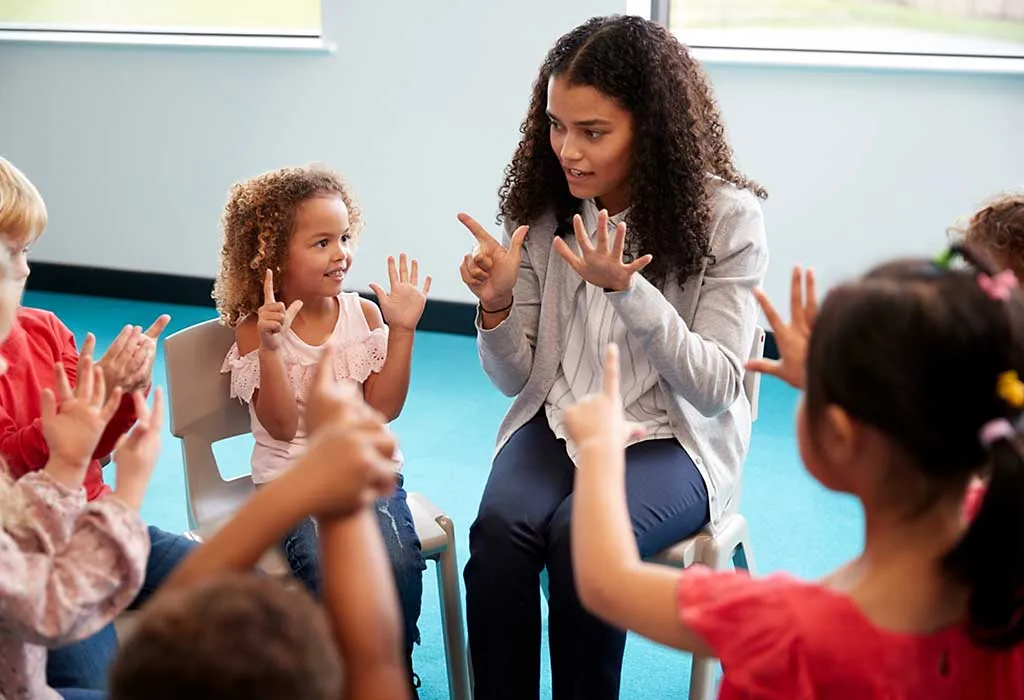
Counting songs provide a fun and engaging way for children to learn numbers. Singing along to these songs can improve memory and cognitive skills. Additionally, counting songs teaches important math concepts such as sequencing and patterns. They also serve as a tool for language development and vocabulary building.
Moreover, these songs promote active participation and physical movement, aiding in the development of gross motor skills.
2. Role of Rhythm and Rhyme
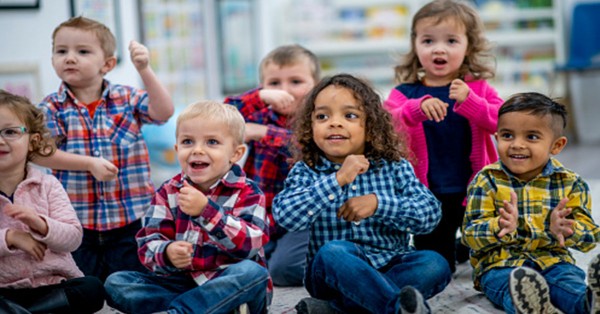
Rhythm and rhyme play a crucial role in the learning process of numbers for preschoolers. Counting songs with catchy tunes and rhymes engages both brain hemispheres, enhancing learning. The repetitive nature of these songs reinforces numerical concepts and improves memory retention.
Additionally, incorporating rhythm and rhyme in counting songs helps children develop language and phonemic awareness skills. Children develop number recognition, sequencing skills, and one-to-one correspondence by singing along and enjoying these songs.
3. Counting Forward and Backward

Counting songs have a significant role in helping children develop their numerical skills. By singing sling with this song, children find learning more enjoyable and engaging.
Counting forward and backward through these songs helps children understand number sequencing and introduces them to addition and subtraction concepts. Moreover, different counting songs expose children to various musical styles and genres, enhancing their overall musical and cognitive development.
Conclusion
Counting songs is a fun and effective way to introduce numbers and counting to young children. They engage kids with their catchy tunes, rhymes, and repetitive lyrics.
Counting songs makes learning fun and helps children develop essential math skills such as number recognition, sequencing, and basic arithmetic. By incorporating rhythm and rhyme, these songs enhance memory and cognitive development in children.
In this blog, we have listed the top 15 counting songs for kids, including popular favorites like “One, Two, Buckle My Shoe” and “Ten Little Monkeys.” Each piece offers a unique learning experience, whether counting forward and backward or introducing concepts like subtraction and addition.
To make learning even more enjoyable, we have also included tips on playing these songs on the piano. So gather your little ones, sing along, and watch them have a blast while learning numbers!
Frequently Asked Questions
What Are Some Benefits of Using Counting Songs to Teach Children?
Using counting songs to teach children offers several benefits. These songs help develop numeracy skills, make learning numbers engaging and enjoyable, improve memory retention through music, promote language development, and enhance cognitive abilities in young learners. Counting songs are a fantastic tool for educational and fun learning experiences.
How Can I Incorporate Counting Songs into My Child’s Daily Routine?
Incorporating counting songs into your child’s daily routine can make learning fun. Play these songs during playtime or car rides, use them as background music during everyday activities, and create a counting song routine before bedtime. Engage your child physically by adding actions or movements to each number.
Do Counting Songs Help Improve Children’s Math Skills?
Counting songs do help improve children’s math skills as they make learning numbers fun and engaging. By singing along, children develop number recognition and sequencing skills. These songs also help them understand quantity and essential addition and subtraction.
Are Any Specific Counting Songs Recommended for Different Age Groups?
There are counting songs that are recommended for different age groups. Popular choices for toddlers and preschoolers include “Five Little Ducks” and “Five Little Monkeys.” For older children, songs like “Ten in the Bed” and “One, Two, Buckle My Shoe” are great for practicing counting skills. Choosing age-appropriate and engaging themes for each age group is essential.
Can Counting Songs Be Used for Children of All Ages?
Counting songs are versatile learning tools that can benefit children of all ages. From toddlers to early elementary school students, these songs help with number recognition, counting skills, and even more advanced concepts like skip counting. They make learning fun and engaging, enjoyably reinforcing math skills.




